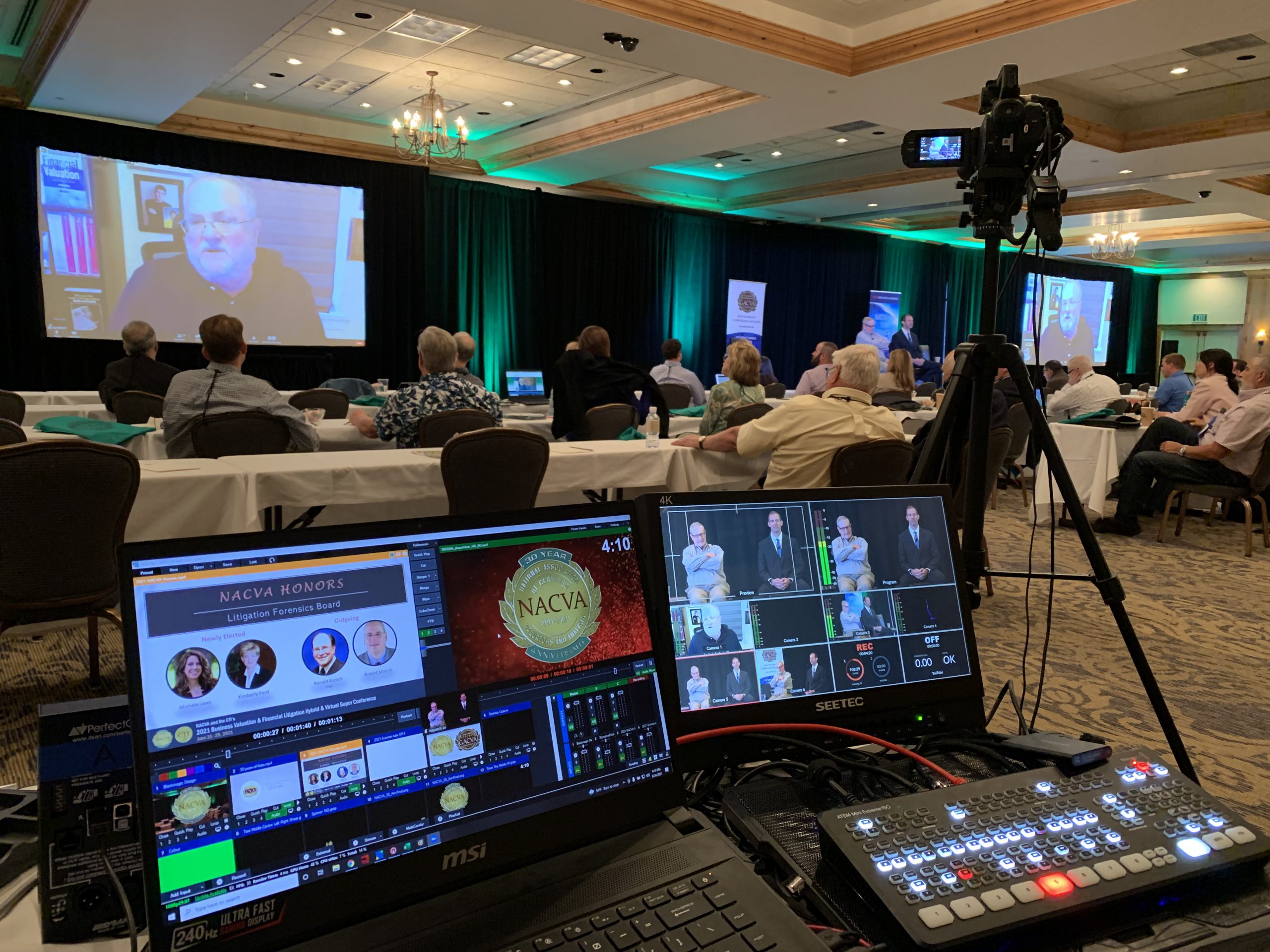Illumination plays a vital role in video projection because it establishes the atmosphere and feel of the exhibit. Different lighting techniques can elicit various emotions and responses from the viewers. For example, using gentle, warm illumination can create a inviting environment, while vivid, cold illumination may produce a more energetic or dramatic effect. By carefully selecting light colors and brightness, creators can manipulate how audience interpret the displayed images, leading to a more engaging encounter. The balance between projection luminance and surrounding light is essential, as it can greatly impact the clarity and impact of the visuals.
In addition to, hue and intensity, the direction of illumination also influences the efficacy of mapping. Illumination from different angles can create shadows and highlights that add dimension to the mapped visuals. This technique, known as light and shadow, can improve the three-dimensionality of the objects being projected. Furthermore, using moving illumination can introduce energy to the exhibit, making the encounter more engaging for the audience. When the light collides with the mapped images, it can produce an illusion of motion and transformation, grabbing the audience's focus.
Another important element of lighting in projection in the use of unique effects. Techniques such as patterned illumination, which employs shapes and forms to filter light, can add texture and complexity to the mapping. This method allows artists to layer visuals and create visually stunning effects that enhance the projection. Moreover, adding lasers or LED lights can further enhance the display, providing a unique blend of visual components that attract the viewers in. These special effects, when used thoughtfully, can elevate the mapping into a see it here basic show to an immersive work of creativity.
In conclusion, the impact of lighting techniques on motion mapping is significant. By comprehending how different illumination elements connect with mapped visuals, artists can create enthralling experiences that connect with viewers. The thoughtful choosing of hue, brightness, direction, over here and special features allows for a vivid tapestry of visual narrative. As tech continues to grow, the possibilities for creative showcasing in mapping will only expand, making illumination an ever-important aspect in this innovative creative medium.
